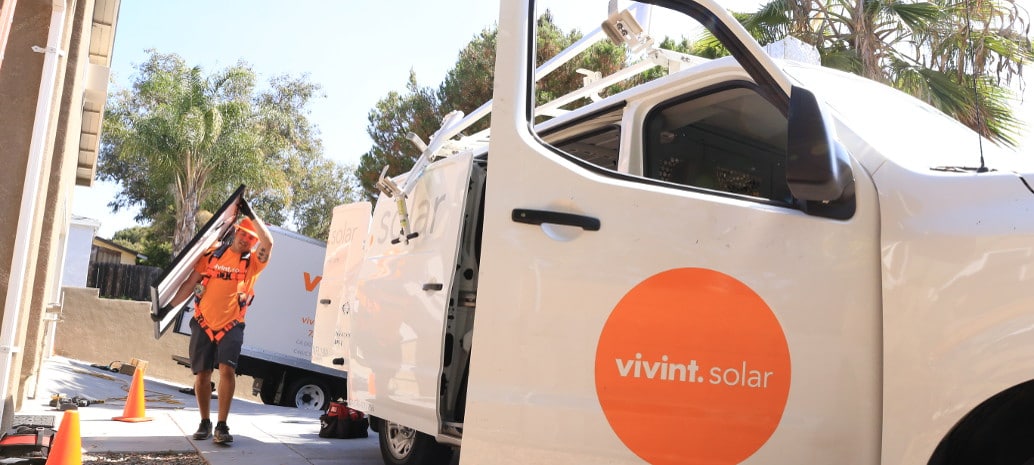Vivint Solar rose quickly to become the third-largest residential solar provider in the United States largely on the strength of a door-to-door sales model which was perfected at former parent company Vivint. Of course, having access to Vivint customers hasn’t hurt the company either.
Earlier this week Vivint announced a new development in its sales strategy, which would expand upon its existing sales efforts by launching a retail sales division. This division will be headed by retail sales veteran Trever Bybee, who has experience selling both solar and mobile phones through retail operations.
“With the direct-to-home model being a strong and well-established route to market, the launch of this additional channel to work in tandem with the direct-to-home model will be a great competitive advantage and will contribute to further success in the selected markets,” stated Bybee.
Vivint plans to launch kiosks in retail locations in California, Massachusetts, New York, New Jersey and Utah by the end of June, and to add more kiosks in more states by the end of the year. At the kiosks Vivint representatives will guide consumers through the solar options available at Vivint. Vivint will follow up with interested customers via a free, in-home consultation.
The move by Vivint follows residential solar market leader Tesla bringing solar sales into its electric vehicle retail locations, from which Tesla is reporting good initial results. However, unlike Tesla Vivint not moving its sales persons into existing stores, but setting up its new kiosks.
Vivint’s shift in strategy comes as the company is redefining its space in the residential solar market, a year after an attempted acquisition by SunEdison came to a dismal end with the solar and wind developer’s bankruptcy. Since that time Vivint has struggled to regain its footing, particularly as regards raising the capital which is critical for the third-party model.
A year and a new CEO later, Vivint has re-emerged as a smaller company, with less ambition to grow and more interest in profitability. This has included a slow shift away from the third party solar model and to more direct sales, which is boosting revenues and short-term profitability.
This content is protected by copyright and may not be reused. If you want to cooperate with us and would like to reuse some of our content, please contact: editors@pv-magazine.com.









By submitting this form you agree to pv magazine using your data for the purposes of publishing your comment.
Your personal data will only be disclosed or otherwise transmitted to third parties for the purposes of spam filtering or if this is necessary for technical maintenance of the website. Any other transfer to third parties will not take place unless this is justified on the basis of applicable data protection regulations or if pv magazine is legally obliged to do so.
You may revoke this consent at any time with effect for the future, in which case your personal data will be deleted immediately. Otherwise, your data will be deleted if pv magazine has processed your request or the purpose of data storage is fulfilled.
Further information on data privacy can be found in our Data Protection Policy.